SEO
50 Bootstrapped SaaS Companies Dominating SEO in 2024
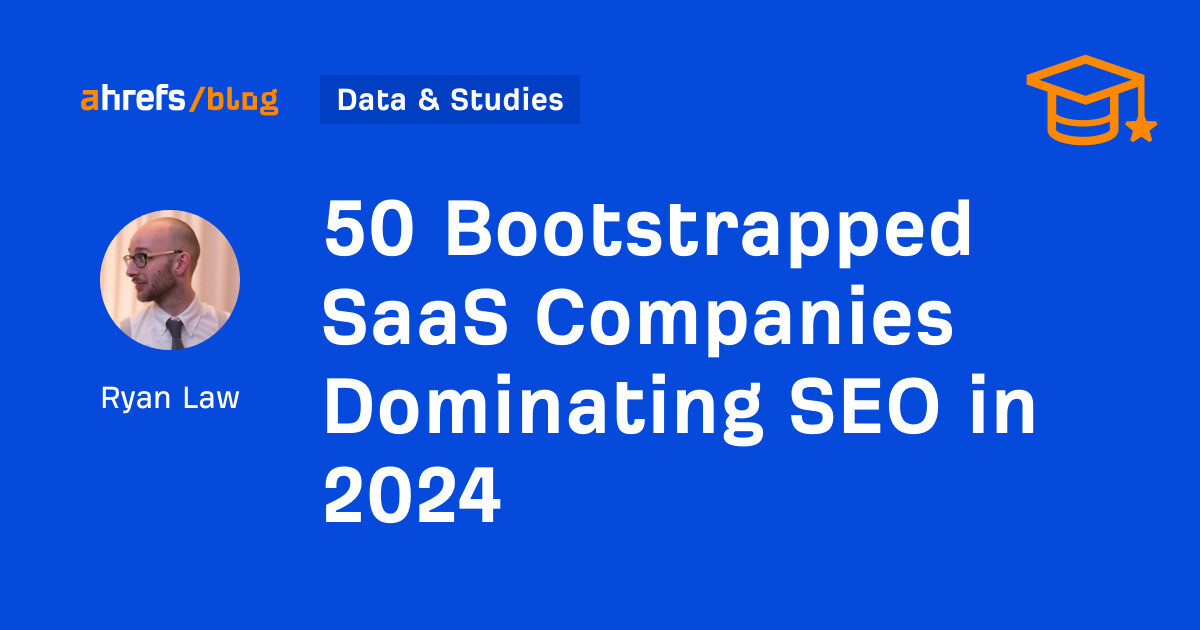
We analyzed the organic traffic growth of 1,600 SaaS companies to discover the SEO strategies that work best in 2024.
In this article, we’re focusing on bootstrapped software companies—those who have never raised external funding. All SEO data featured here comes piping hot from the Ahrefs API.
This is a list of bootstrapped SaaS companies ordered by estimated monthly organic traffic growth from August 2023 to August 2024. Did you make the cut?
| Rank | Company | Traffic 2023 | Traffic 2024 | Traffic Growth | Change | Estimated Revenue |
|---|---|---|---|---|---|---|
| 1 | Smallpdf | 41,145,810 | 55,455,141 | 14,309,331 | 35% | $17.5M |
| 2 | BuiltWith | 526,880 | 3,149,986 | 2,623,106 | 498% | $31.0M |
| 3 | Ahrefs | 2,171,168 | 4,271,413 | 2,100,245 | 97% | $100.0M |
| 4 | Surfshark | 992,020 | 1,510,739 | 518,719 | 52% | $20.0M |
| 5 | IPQS | 1,194,124 | 1,660,482 | 466,358 | 39% | $32.0M |
| 6 | ExpressVPN | 1,620,815 | 1,927,577 | 306,762 | 19% | $14.9M |
| 7 | OpenWeather | 203,917 | 470,687 | 266,770 | 131% | $5.5M |
| 8 | Clockify | 600,071 | 859,005 | 258,934 | 43% | $5.5M |
| 9 | BambooHR | 652,833 | 808,660 | 155,827 | 24% | $237.8M |
| 10 | Surfer | 45,197 | 189,261 | 144,064 | 319% | $37.5M |
| 11 | Doofinder | 55,317 | 184,746 | 129,429 | 234% | $75.0M |
| 12 | Oxylabs.io | 92,671 | 207,640 | 114,969 | 124% | $375.0M |
| 13 | Todoist | 545,900 | 639,398 | 93,498 | 17% | $20.3M |
| 14 | Toggl | 295,570 | 388,062 | 92,492 | 31% | $14.7M |
| 15 | JetBrains | 2,712,320 | 2,796,818 | 84,498 | 3% | $252.1M |
| 16 | Zadarma | 130,940 | 214,538 | 83,598 | 64% | $175.0M |
| 17 | MXToolbox | 738,595 | 802,633 | 64,038 | 9% | $9.0M |
| 18 | TeamGantt | 120,783 | 176,899 | 56,116 | 46% | $5.0M |
| 19 | Mailtrap | 103,564 | 156,873 | 53,309 | 51% | $5.5M |
| 20 | GetResponse | 192,850 | 243,514 | 50,664 | 26% | $129.2M |
| 21 | DeviceAtlas | 59,267 | 109,341 | 50,074 | 84% | $19.0M |
| 22 | Elfsight | 65,359 | 104,938 | 39,579 | 61% | $8.0M |
| 23 | Vector Magic | 169,389 | 199,343 | 29,954 | 18% | $10.0M |
| 24 | Referral Factory | 943 | 27,591 | 26,648 | 2826% | $5.5M |
| 25 | Crowdin | 17,602 | 43,155 | 25,553 | 145% | $17.5M |
| 26 | Kaspr | 10,476 | 33,515 | 23,039 | 220% | $5.5M |
| 27 | Wisepops | 13,698 | 36,295 | 22,597 | 165% | $3.0M |
| 28 | SavyCal | 11,926 | 33,984 | 22,058 | 185% | $5.5M |
| 29 | Voucherify | 37,111 | 58,832 | 21,721 | 59% | $5.5M |
| 30 | Buzzsprout | 97,961 | 118,040 | 20,079 | 21% | $617K |
| 31 | Meeting Room 365 | 5,738 | 25,637 | 19,899 | 347% | $500K |
| 32 | vFairs | 18,175 | 37,812 | 19,637 | 108% | $75.0M |
| 33 | Helpjuice | 73,249 | 92,177 | 18,928 | 26% | $6.0M |
| 34 | Yardi | 64,177 | 81,896 | 17,719 | 28% | $5.5B |
| 35 | SpyFu | 62,410 | 79,361 | 16,951 | 27% | $2.0M |
| 36 | Wappalyzer | 61,561 | 78,303 | 16,742 | 27% | $500K |
| 37 | Filemail | 142,226 | 158,133 | 15,907 | 11% | $1.0M |
| 38 | Float.com | 29,088 | 44,737 | 15,649 | 54% | $5.5M |
| 39 | Free online HTML editor | 29,523 | 44,269 | 14,746 | 50% | – |
| 40 | BrightLocal 🇺🇦 | 52,853 | 66,876 | 14,023 | 27% | $10.3M |
| 41 | ShortPixel | 6,192 | 20,006 | 13,814 | 223% | $10.0M |
| 42 | GetMyInvoices | 10,880 | 23,767 | 12,887 | 118% | $5.5M |
| 43 | Mangools | 67,615 | 80,324 | 12,709 | 19% | $5.5M |
| 44 | La Growth Machine | 13,668 | 26,321 | 12,653 | 93% | $5.5M |
| 45 | Aha! | 135,156 | 147,570 | 12,414 | 9% | $100.0M |
| 46 | GTranslate Inc. | 7,739 | 20,125 | 12,386 | 160% | $5.3M |
| 47 | Slickplan | 13,270 | 24,857 | 11,587 | 87% | $1.0M |
| 48 | Uptime.com | 28,164 | 39,394 | 11,230 | 40% | $5.5M |
| 49 | Homerun | 23,049 | 33,883 | 10,834 | 47% | $38.4M |
| 50 | Glassnode | 13,321 | 24,111 | 10,790 | 81% | $5.5M |
Top 5 bootstrapped SaaS companies
For each of the top five companies, I ran a five-minute analysis using Ahrefs Site Explorer to understand the SEO strategies driving their growth.
In a nutshell: free tools, programmatic content, and content localization feature heavily.
Smallpdf offers free tools for editing and converting PDF files. They have an estimated annual revenue of $17,500,000.
| Smallpdf | 2023 | 2024 | Absolute change | Percent change |
|---|---|---|---|---|
| Organic traffic | 41,145,810 | 55,455,141 | 14,309,331 | 34.78% |
| Organic pages | 3,367 | 3,506 | 139 | 4.13% |
| Organic keywords | 466,048 | 416,115 | -49,933 | -10.71% |
| Keywords in top 3 | 54,933 | 69,359 | 14,426 | 26.26% |
Smallpdf’s traffic growth comes entirely from—you guessed it—free PDF tools. Conversion tools (converting from PDF to Word Doc, from JPG to PDF, and so on) drive the majority of the site’s traffic:
These free tools target extremely high volume keywords, like pdf to word with an estimated 3.9M searches in Indonesia alone. Here’s the actual page that ranks so well:
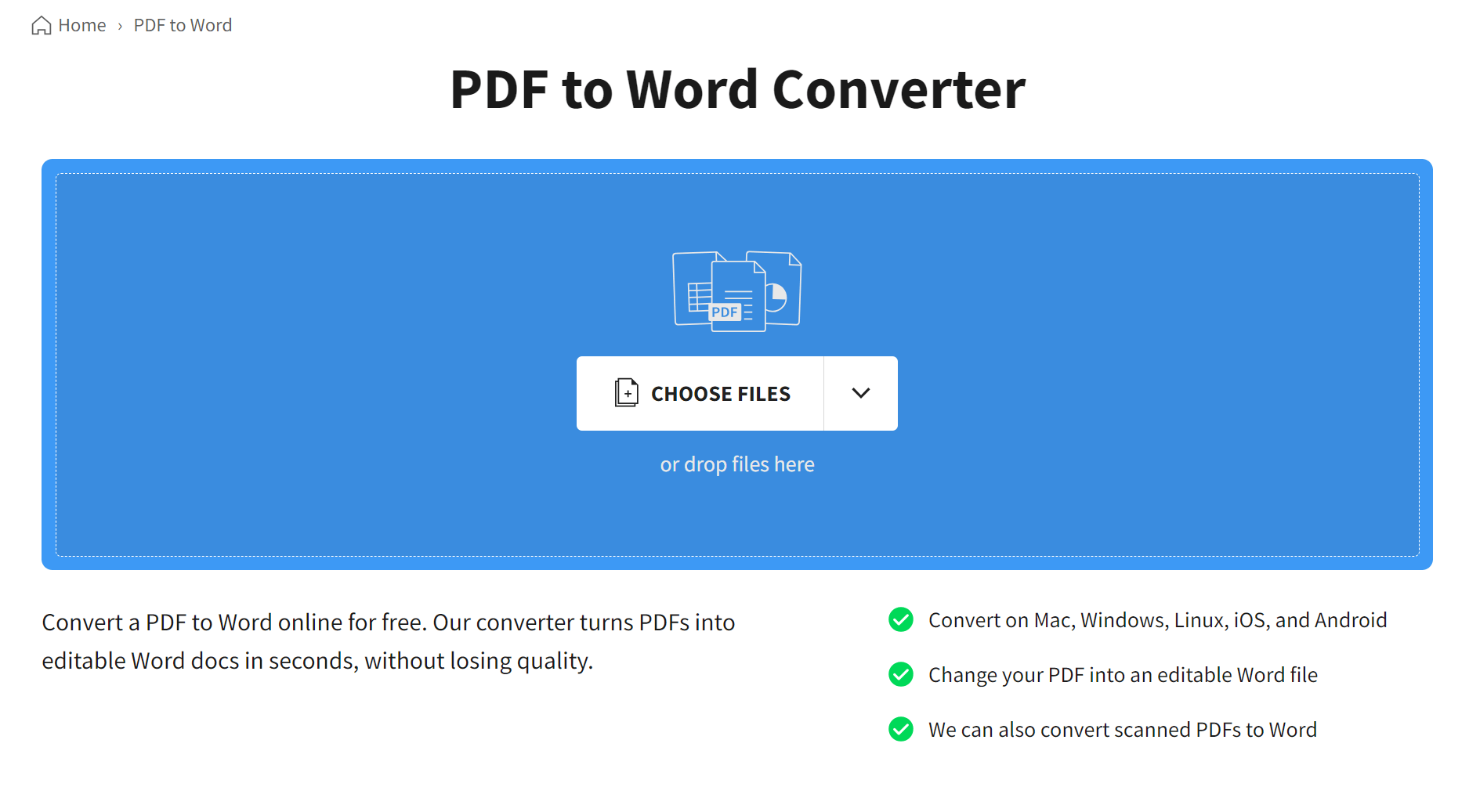

These tools have also been localized to different languages, with the Spanish-, Indonesian- and Portuguese-targeted subfolders generating a large portion of the website’s traffic growth:


BuiltWith is a tool for discovering the technologies companies use to use to build their websites. BuiltWith has an estimated annual revenue of $31,000,000.
| BuiltWith | 2023 | 2024 | Absolute change | Percent change |
|---|---|---|---|---|
| Organic traffic | 526,880 | 3,149,986 | 2,623,106 | 497.86% |
| Organic pages | 81,615 | 93,716 | 12,101 | 14.83% |
| Organic keywords | 126,541 | 111,371 | -15,170 | -11.99% |
| Keywords in top 3 | 4,538 | 4,307 | -231 | -5.09% |
The biggest single driver of BuiltWith’s growth is the addition of a Korean language subfolder, builtwith.com/ko, housing localized versions of 191 website pages:
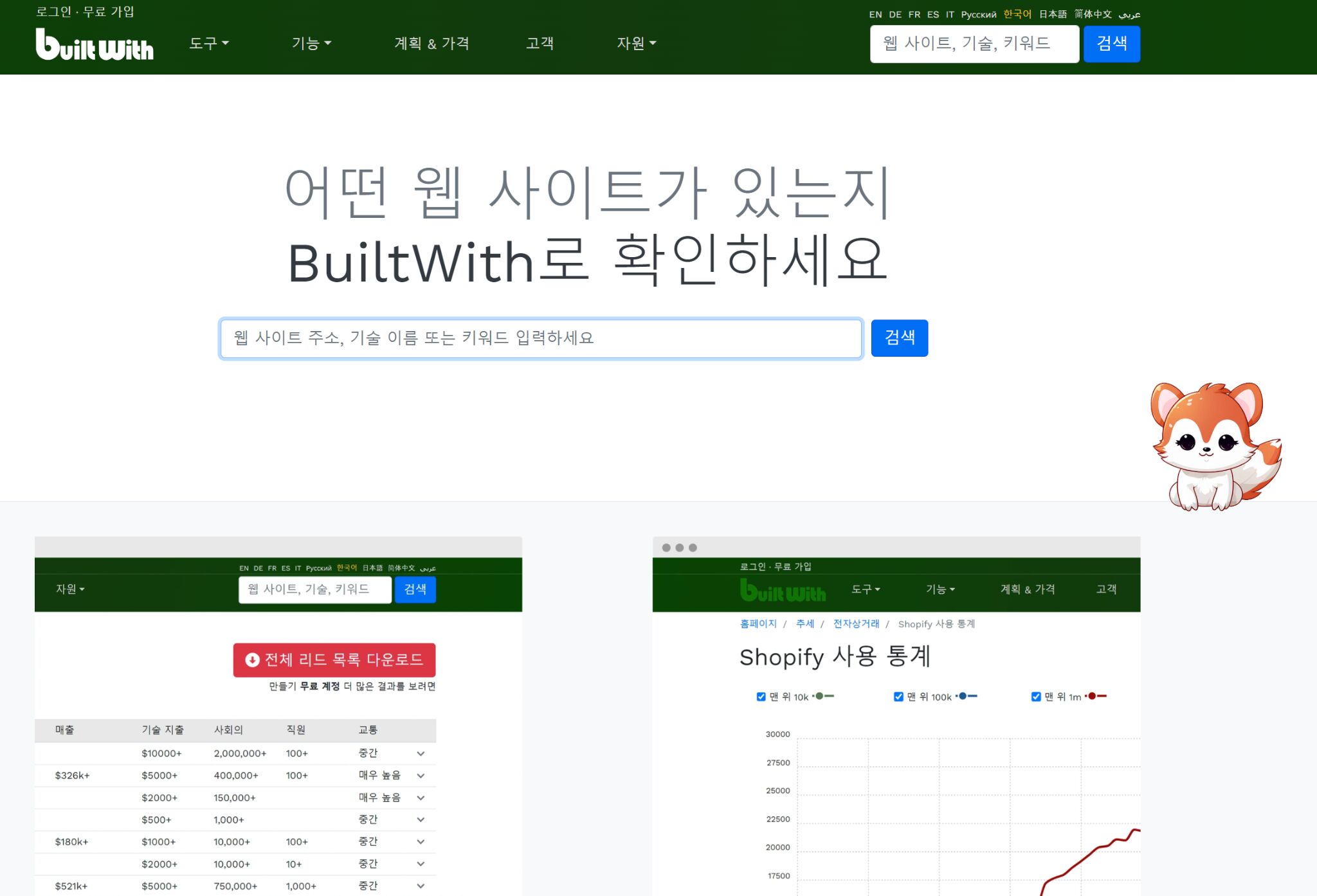

Other language subfolders (particularly /de, /es, and /fr) also generate a decent amount of traffic:


Oh hey, that’s us! Ahrefs is a powerful all-in-one SEO toolset, and the source of all the SEO data in this article.
| Ahrefs | 2023 | 2024 | Absolute change | Percent change |
|---|---|---|---|---|
| Organic traffic | 2,171,168 | 4,271,413 | 2,100,245 | 96.73% |
| Organic pages | 4,522 | 18,982 | 14,460 | 319.77% |
| Organic keywords | 225,855 | 231,761 | 5,906 | 2.61% |
| Keywords in top 3 | 14,291 | 20,618 | 6,327 | 44.27% |
We don’t need conjecture here. Our free AI writing tools are responsible for a big part of our organic traffic growth:
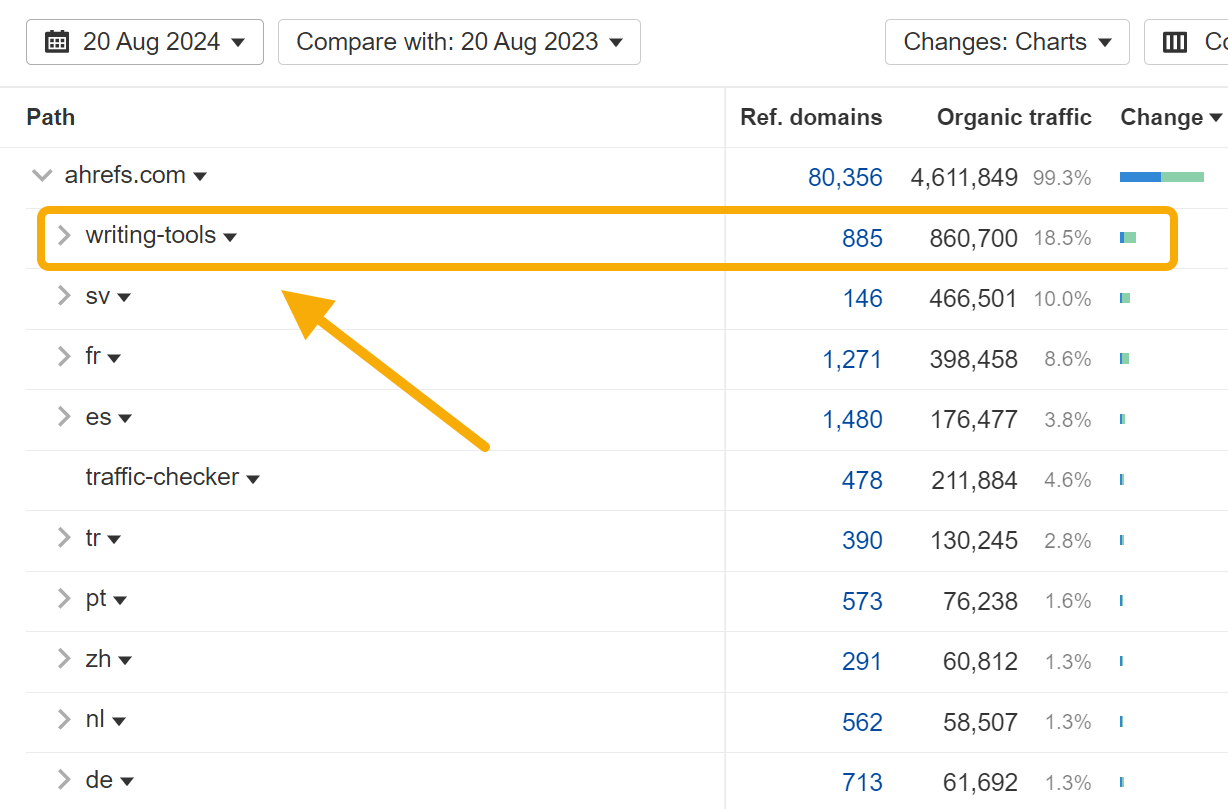

Our paragraph rewriter (113k visits per month), paraphrasing tool (99k), and instagram caption generator (73k) are particularly popular:
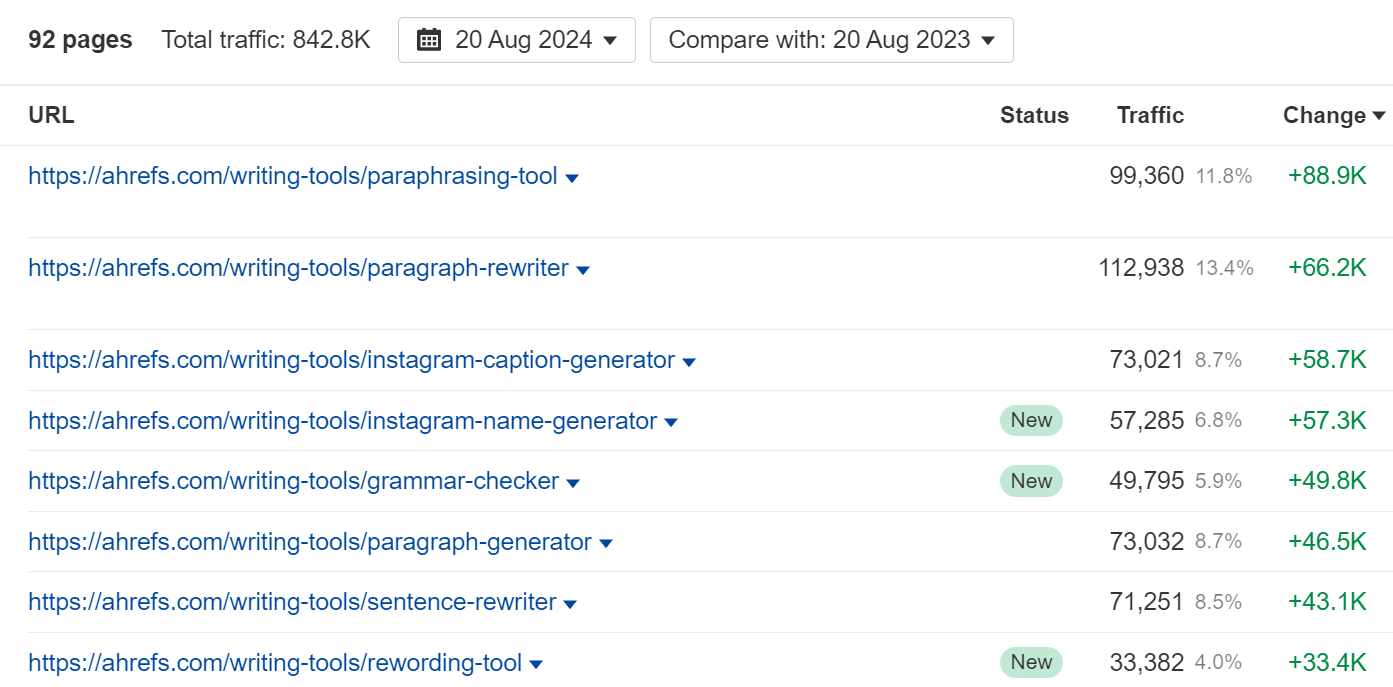

Try them out for yourselves here: https://ahrefs.com/writing-tools.


We also launched a programmatic SEO campaign, using Ahrefs data to rank the world’s most popular websites:


The localized versions of these pages—particularly Swedish and French—account for the majority of the traffic:
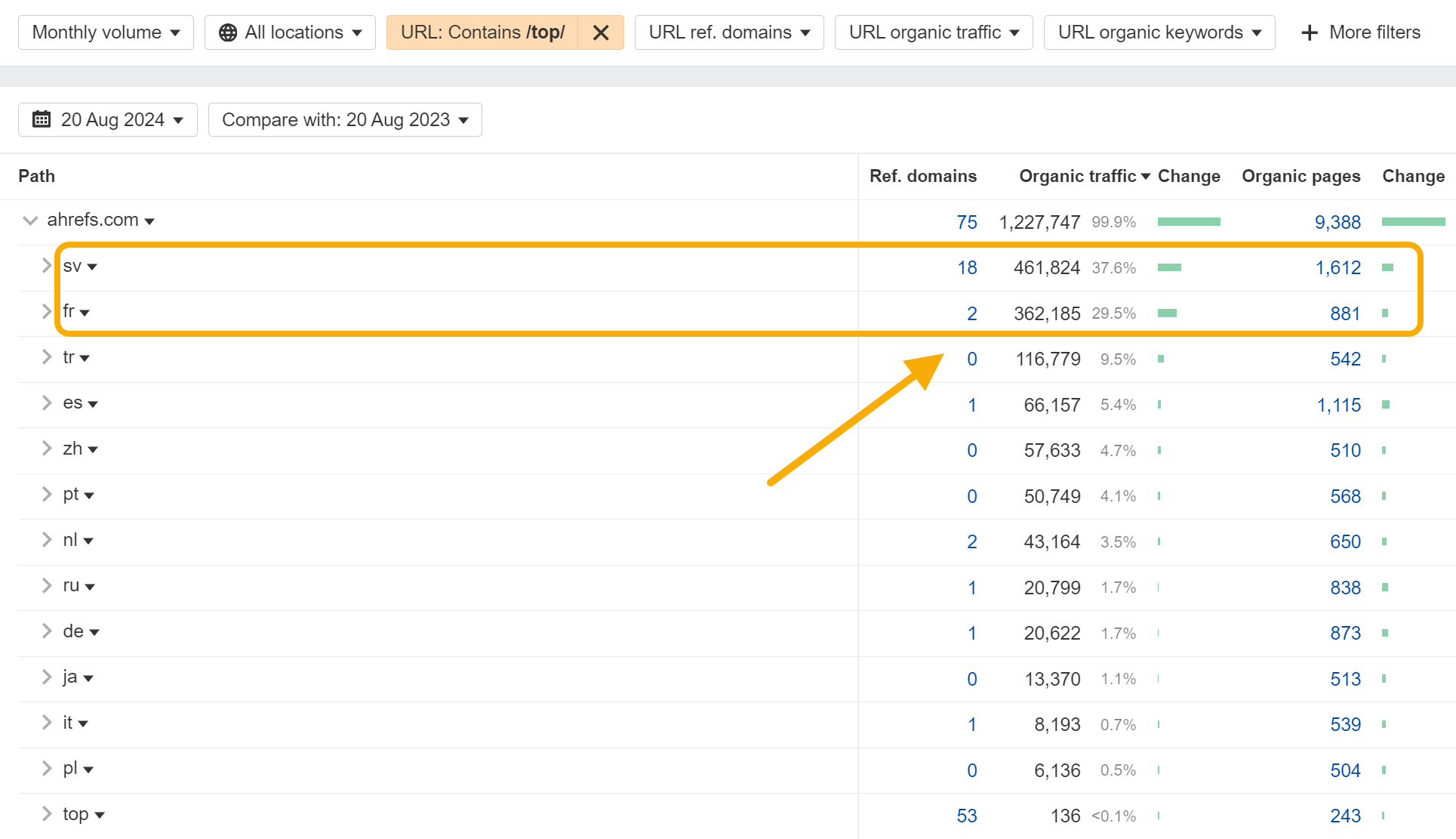

Surfshark is a VPN tool with an estimated annual revenue of $20,000,000.
| Surfshark | 2023 | 2024 | Absolute change | Percent change |
|---|---|---|---|---|
| Organic traffic | 992,020 | 1,510,739 | 518,719 | 52.29% |
| Organic pages | 2,610 | 3,964 | 1,354 | 51.88% |
| Organic keywords | 205,194 | 248,267 | 43,073 | 20.99% |
| Keywords in top 3 | 5,359 | 9,390 | 4,031 | 75.22% |
One of Surfshark’s fastest-growing pages is a free IP address checking tool:
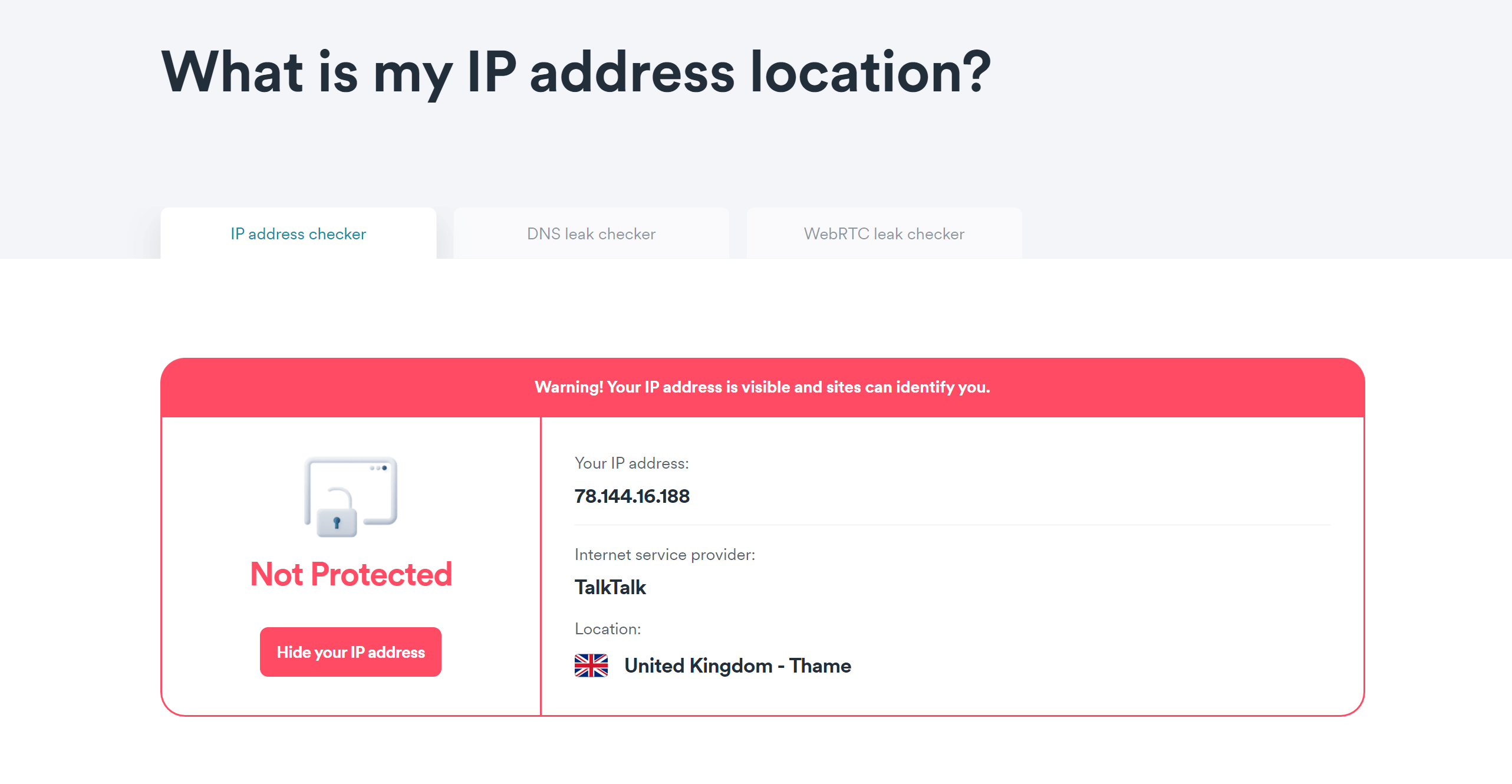

But interestingly, most of the company’s organic growth has come from branded keywords, like surfshark discount code, surfshark deals, and surfshark login:
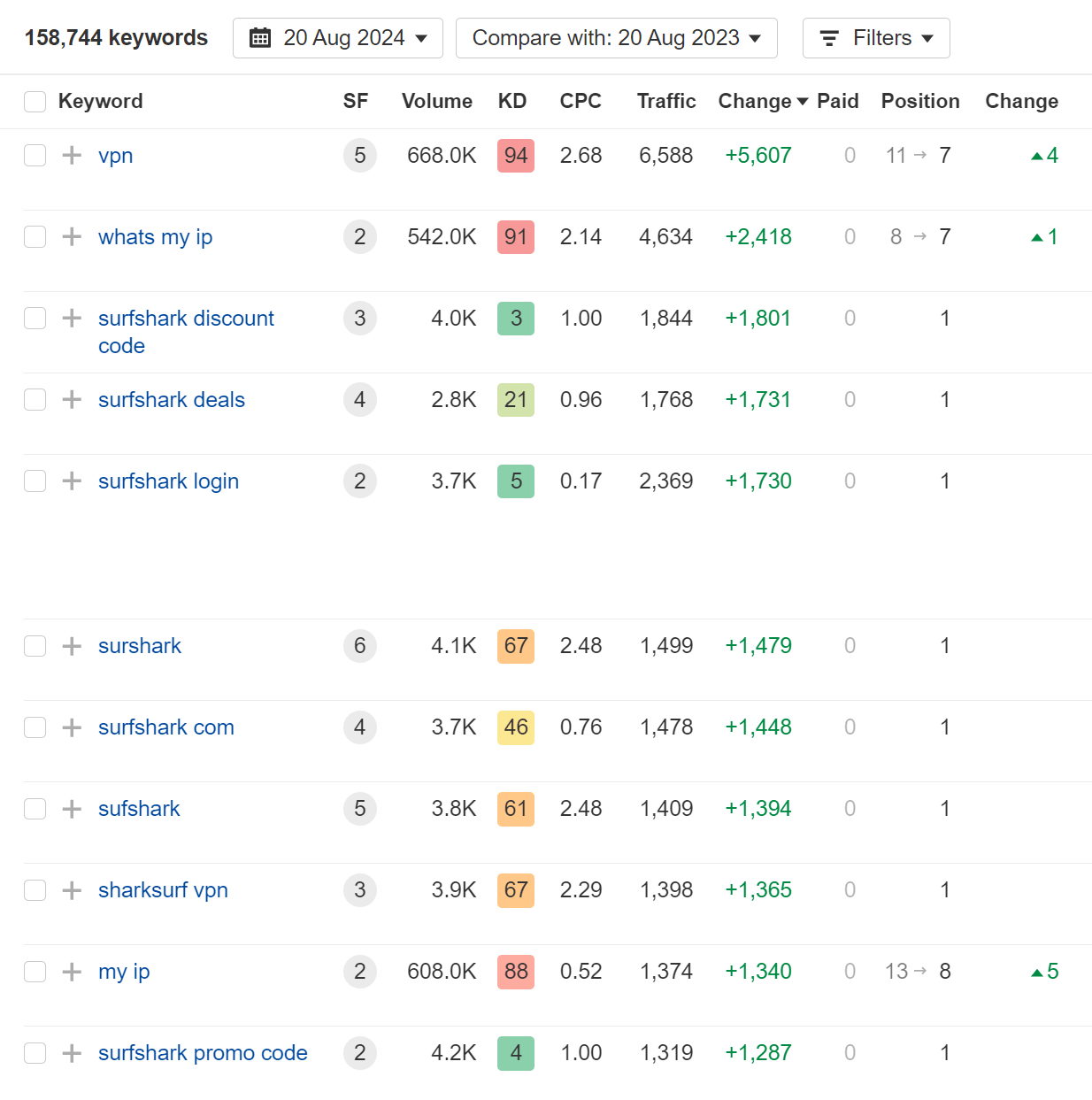

This is a good indication that the company has been investing heavily in brand marketing, increasing branded search queries as a byproduct.
Looking at the Paid search reports in Ahrefs, we can see that the company launched a substantial advertising campaign in the last couple of months (we’ve logged 876 separate ads):
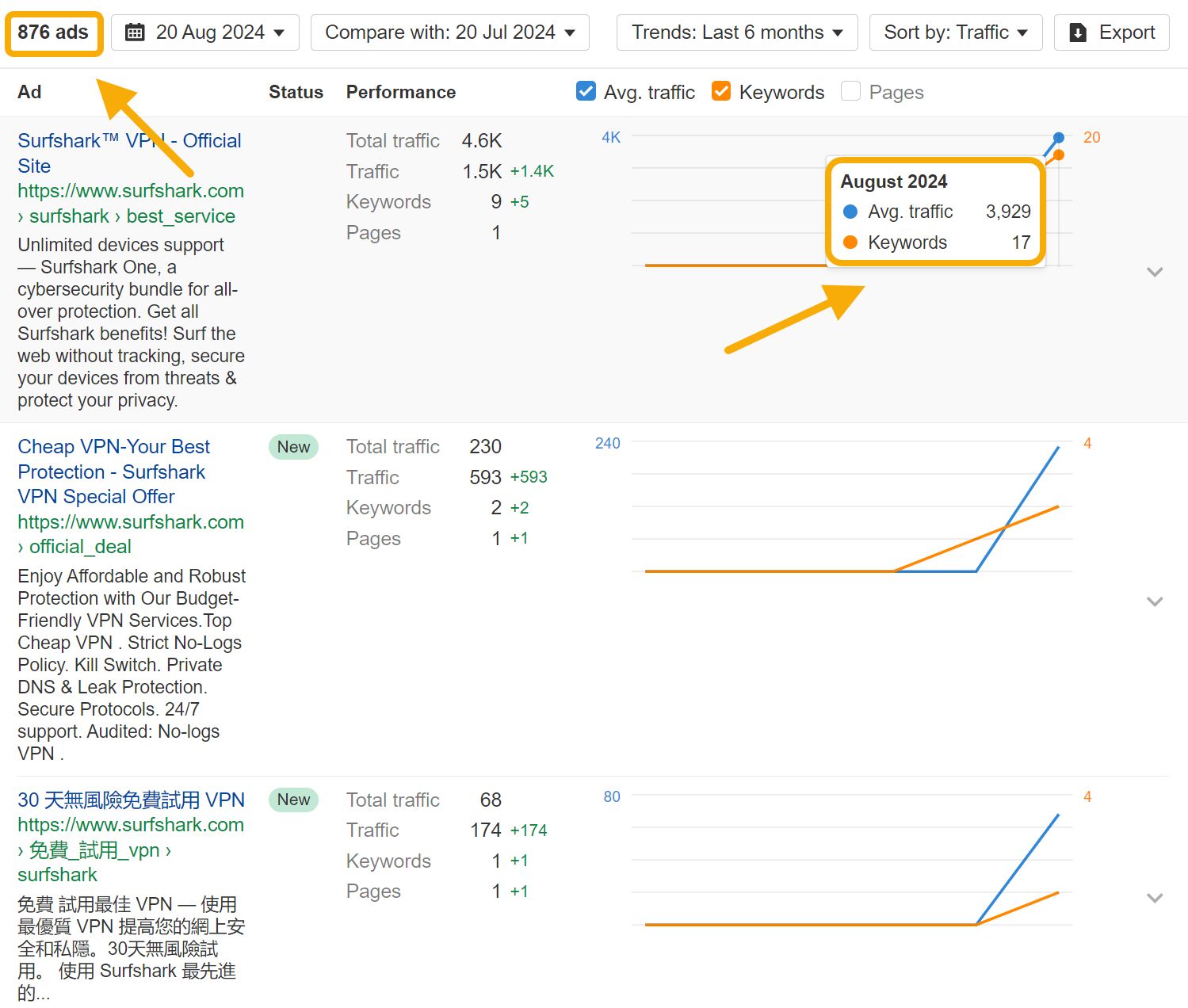

Big, expensive brand advertising campaigns are not common for bootstrapped companies.
Although the fundraising data suggests that Surfshark has never raised outside capital, their website shares that “In 2022, Surfshark and Nord Security merged under one holding company to form a cybersecurity powerhouse while still operating independently.”
This suggests that Surfshark may not be bootstrapped in the truest sense (but I’ve left it in because it showcases an interesting—and expensive—way to grow organic traffic).
IPQS is a fraud, bot detection, and IP validation tool with an estimated annual revenue of $32,000,000.
| IPQS | 2023 | 2024 | Absolute change | Percent change |
|---|---|---|---|---|
| Organic traffic | 1,194,124 | 1,660,482 | 466,358 | 39.05% |
| Organic pages | 22,378 | 31,350 | 8,972 | 40.09% |
| Organic keywords | 72,181 | 75,390 | 3,209 | 4.45% |
| Keywords in top 3 | 5,092 | 7,065 | 1,973 | 38.75% |
All of IPQS’ traffic growth (and in fact, 57% of their total estimated organic traffic) comes from a single page, a free tool for looking up phone numbers:
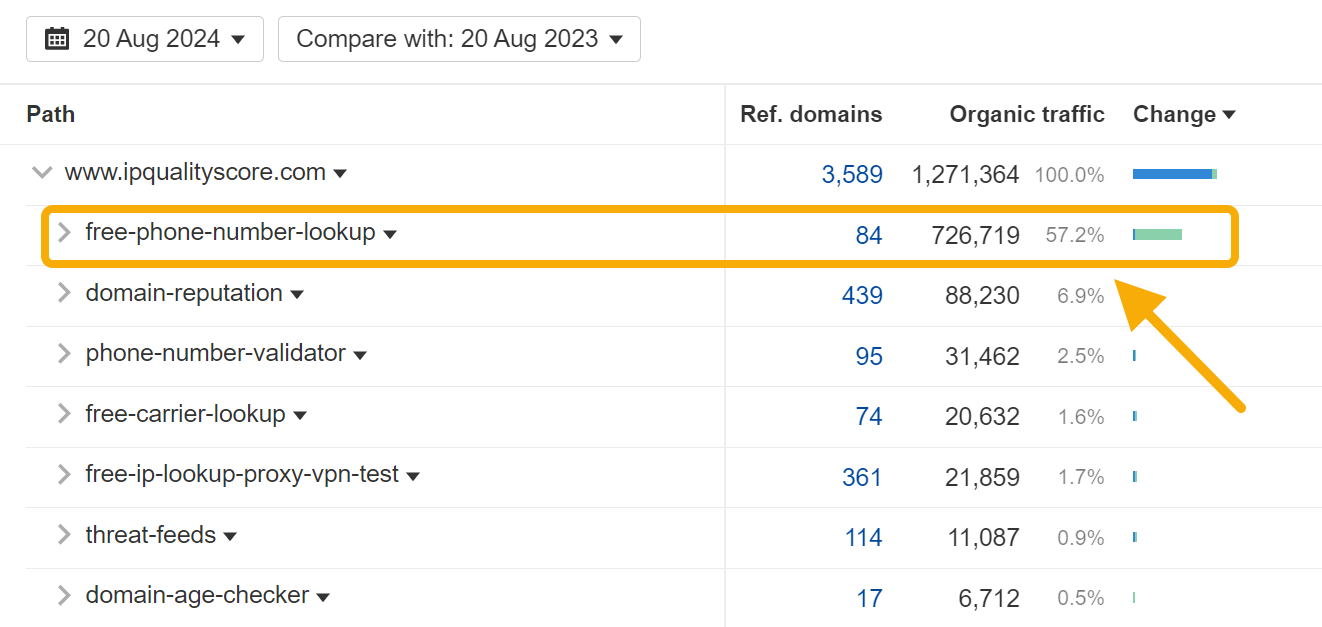

This page manages to rank in first place for keywords like phone number lookup (353K monthly searches in the US), phone lookup (48K), and check this phone (35K):
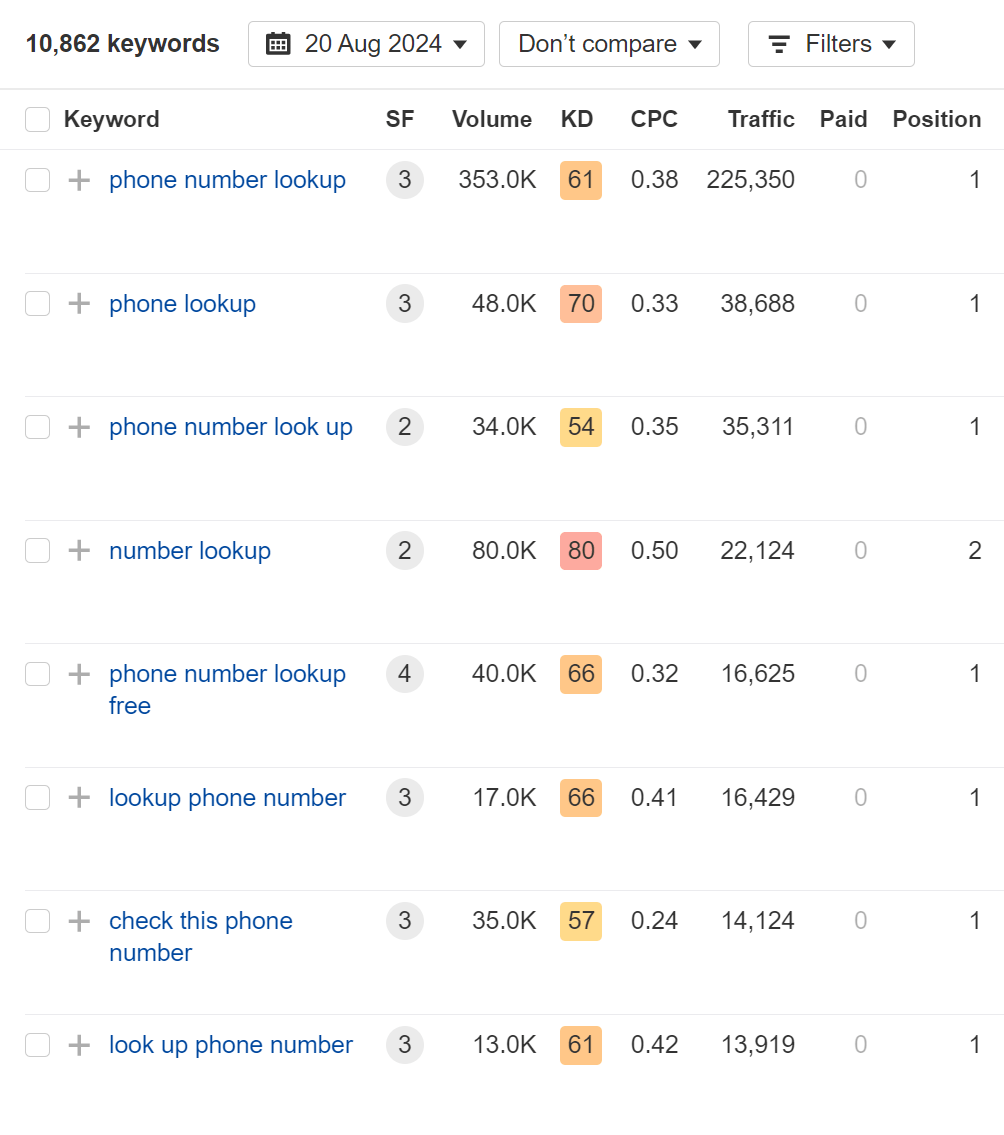

This, despite just 84 referring domains and a design that probably looked good circa 2005:
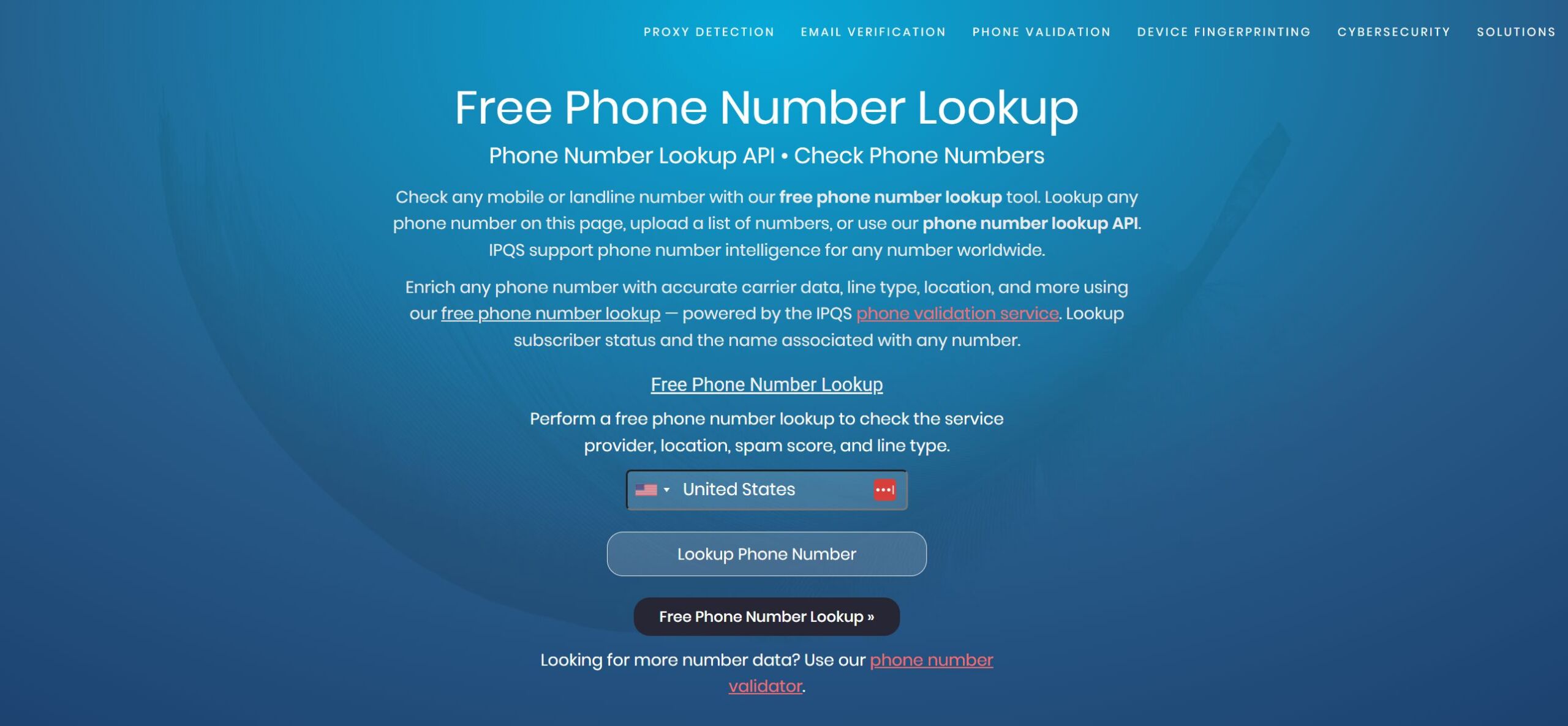

Final thoughts
We’ll share more of these analyses in the coming weeks. Want us to include your company in the next round? Just fill out this short Google Form.

![How AEO Will Impact Your Business's Google Visibility in 2026 Why Your Small Business’s Google Visibility in 2026 Depends on AEO [Webinar]](https://articles.entireweb.com/wp-content/uploads/2026/01/How-AEO-Will-Impact-Your-Businesss-Google-Visibility-in-2026-400x240.png)
![How AEO Will Impact Your Business's Google Visibility in 2026 Why Your Small Business’s Google Visibility in 2026 Depends on AEO [Webinar]](https://articles.entireweb.com/wp-content/uploads/2026/01/How-AEO-Will-Impact-Your-Businesss-Google-Visibility-in-2026-80x80.png)















